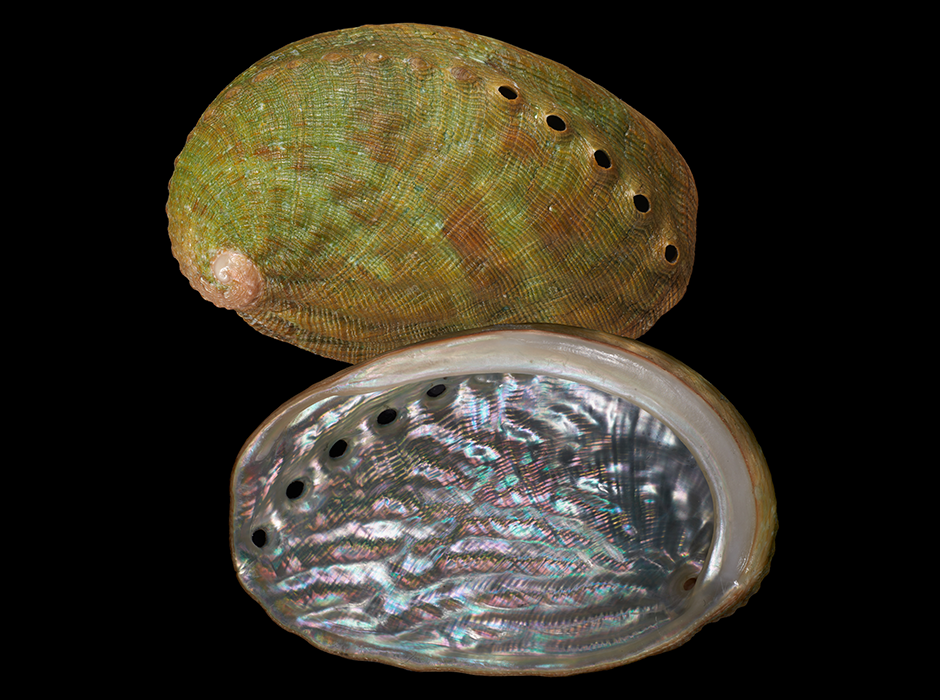
A new species of pāua, called Haliotis pirimoana, has been discovered at Manawatāwhi Three Kings Islands.
The naming of a new species of pāua further highlights the importance of biodiversity research in Aotearoa.
Described in a study led by the University of Otago – Ōtākou Whakaihu Waka and the Museum of New Zealand Te Papa Tongarewa, the species, Haliotis pirimoana, is only found at Manawatāwhi Three Kings Islands, off the northern North Island.

Kerry Walton
Lead author Kerry Walton, an invertebrate curator at Te Papa who is undertaking his PhD in the Department of Zoology, says this is one of many species that are only found on Manawatāwhi.
“We are facing a biodiversity crisis. Species around the world are going extinct faster than we can discover and describe them,” he says.
“The Manawatāwhi pāua may not be facing any short-term threats to its survival but it is another indicator of how unique and important that region of Aotearoa is.”
Haliotis pirimoana resembles other small pāua from the North Island but the shell has finer sculpture across its back and a subtly different shape.
Published in the international peer-reviewed journal Molluscan Research, the study aimed to understand how many species of small pāua there are in the country.
To do this, the research team, including the Otago Department of Zoology’s Associate Professor Nic Rawlence and Professor Hamish Spencer, and Dr Bruce Marshall from Te Papa, applied new “ancient DNA” methods to shells from the collections at Te Papa and NIWA.
“These new methods allow short and damaged fragments of DNA to be extracted and sequenced with far greater efficiency than previous methods, unlocking the genetic secrets trapped in these precious specimens,” Associate Professor Rawlence says.
People can now more confidently discuss and interpret relationships between the different forms and populations of small pāua in Aotearoa, he says.
Professor Spencer says that biodiversity is critical, and effective resource and conservation management relies on having a robust underlying understanding of it.
"We need to know what species are restricted to a region and how they might respond to change. This allows decision-makers to identify vulnerabilities and best manage resourcing,” he says.
Mr Walton says while most species will not yield commercial applications, such as the next big pharmaceutical, people depend on biodiversity for new materials and medicines.
“Research in these areas is underpinned by biodiversity research, and it is our responsibility to protect biodiversity for future generations.”
While there is a decent level of understanding of biodiversity in Aotearoa, new species are still being discovered and more than a third of our known marine mollusc species are yet to be named.
“With pāua being the cultural icon that they are, we hope this work will raise a few eyebrows and encourage people to look more closely the next time they are at the coast.”